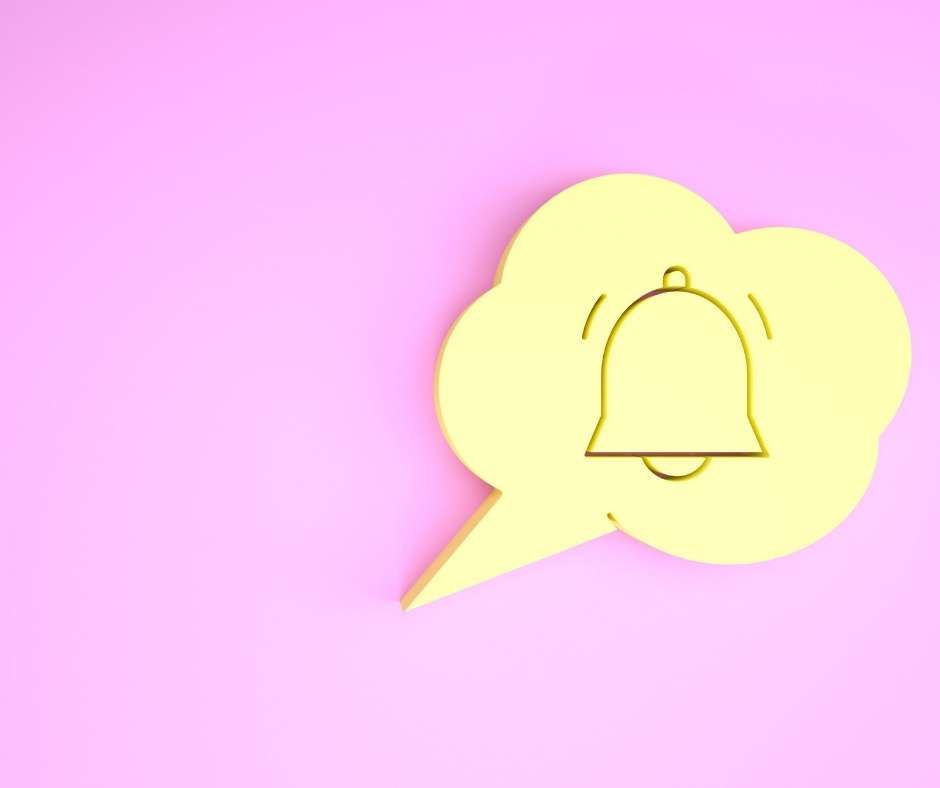
Loved by advertisers and publishers but hated by readers and users. Have you guessed? We’re talking about push notifications.
What does this term mean? According to vwo.com:
Push notifications are clickable pop-up messages that appear on your users’ browsers irrespective of the device they’re using or the browser they’re on. They serve as a quick communication channel enabling companies to convey information to their customers.
As we talked some time ago, mobile apps are becoming essential for publishers growth.
Have you missed this article? Check it out here and find more info about interesting tips and inspiring mobile apps.
We all agree that “The future is mobile” (here you can find another article that you might want to read) and push notifications are an essential asset to attract the attention of readers and followers.
But what are the cons of push notifications? The abuse of notifications is generating the opposite effect: users get tired of so many ‘intrusive interruptions’ and they stop opening publishers’ articles.
So, how can publishers leverage push notifications without bothering their users?
Push Notifications: use but don’t abuse!
Inspired by this interesting article of whatsnewinpublishing.com, we’d like to take a look at some of the most important publishers’s best practices.
According to Bonnier News Local (s Swedish Media), ‘readers who receive more than 20 notifications in a month (less than one a day) had a 10% increase in probability to churn compared to readers who received less than 20 push notifications)’.
In the UK, the BBC added the option to send silent alerts for less important stories.
This Media sends silent alerts also when its audience is likely to be asleep.
The Dallas Morning News started a “smart-targeted” strategy. If a reader clicked on a story, then he/she would receive push notifications only with updates on that specific topic.
What have we learned from these examples?

Publishers have to select very well the number of notifications they send.
They also need to reduce the number of push alerts that readers receive.
The secret could be: To inform without being intrusive.
Another good idea would be to add actionable CTAs, as some publishers have seen that these can boost push notifications campaign outcomes by +40%.
(Source: moengage.com)
What about web browsers notifications?
Publishers are also exploring web browser notifications.
Let’s have a look to the strategy that Curtis Huber, Director of Circulation and Audience Revenue at The Seattle Times is taking in place:
“Desktop notifications have been heavy lifters. We’re pushing them out regularly throughout the day. There’s no fatigue. And we’re just revisiting all our strategies and things we know around retention”.
(Curtis Huber)
Testing (and testing) is the way!
What are push notifications?
Push notifications are pop-up messages that appear in user’s devices. They are sent by the publisher’s website or app and can appear even when the app is not open.
What are the cons of using push notifications?
They are a great method to attract your users’ attention but abusing their use can be detrimental to your strategy. Using too many push notifications can and become very intrusive for your audience and generate the opposite effect you were looking for.